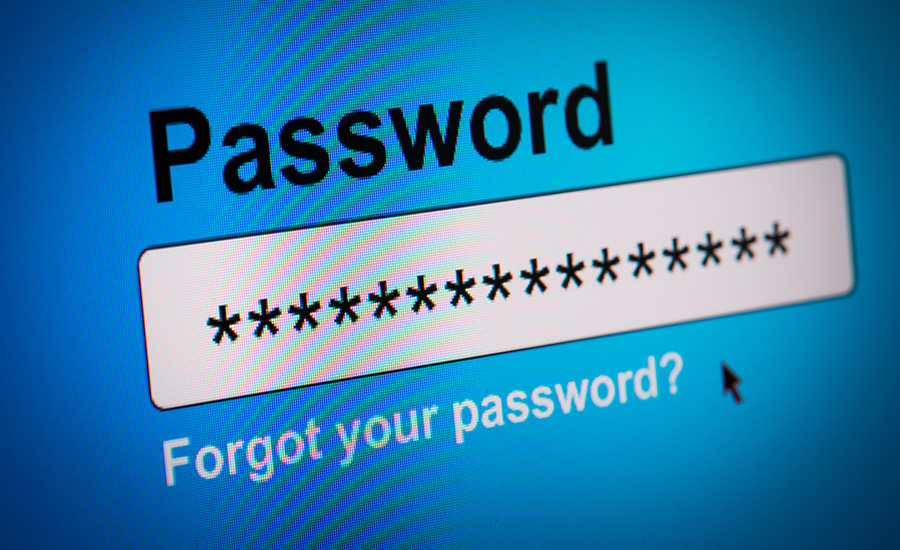Passwords are universally disliked, yet everyone appreciates the convenience of autofill in web browsers that can automatically fill in forgotten passwords. Apple devices utilize the secure Keychain storage system for this purpose, but users can opt to use a third-party password manager instead.
For those who use both Windows and Apple devices, a third-party cross-platform password manager is highly recommended. However, changing password managers on an iPhone may not be obvious, but it’s actually quite simple.
READ MORE: Zong 4G Partners with MEPCO to provide seamless Business communication
Here’s how you can change password managers on an iPhone:
Step 1: Install the new password manager
Begin by installing your chosen password manager from the App Store. Follow the prompts to create or log in to your account. The password manager will then guide you to the password autofill settings in the Settings app.
Step 2: Access your password settings
- Open the Settings app on your iPhone.
- Scroll down and tap on “Passwords.”
- Within the Passwords menu, tap on “Autofill Passwords.”
Step 3: Enable autofill and authenticate
- In the Autofill Passwords menu, ensure that “Autofill Passwords” is turned on (the toggle should be green).
- Below that, you’ll see a list of apps that support password autofill.
- To enable autofill with your new password manager (e.g., 1Password), toggle the switch next to it to the right (green).
- Your phone will prompt you to authenticate yourself (using Face ID, Touch ID, or your passcode).
- Once authenticated, your password manager (e.g., 1Password) will display a message indicating that autofill is enabled.
The next time you visit a website in Safari that requires a login, your password manager will prompt you to use your saved credentials for that site. This makes transitioning to a new password manager seamless and straightforward.




